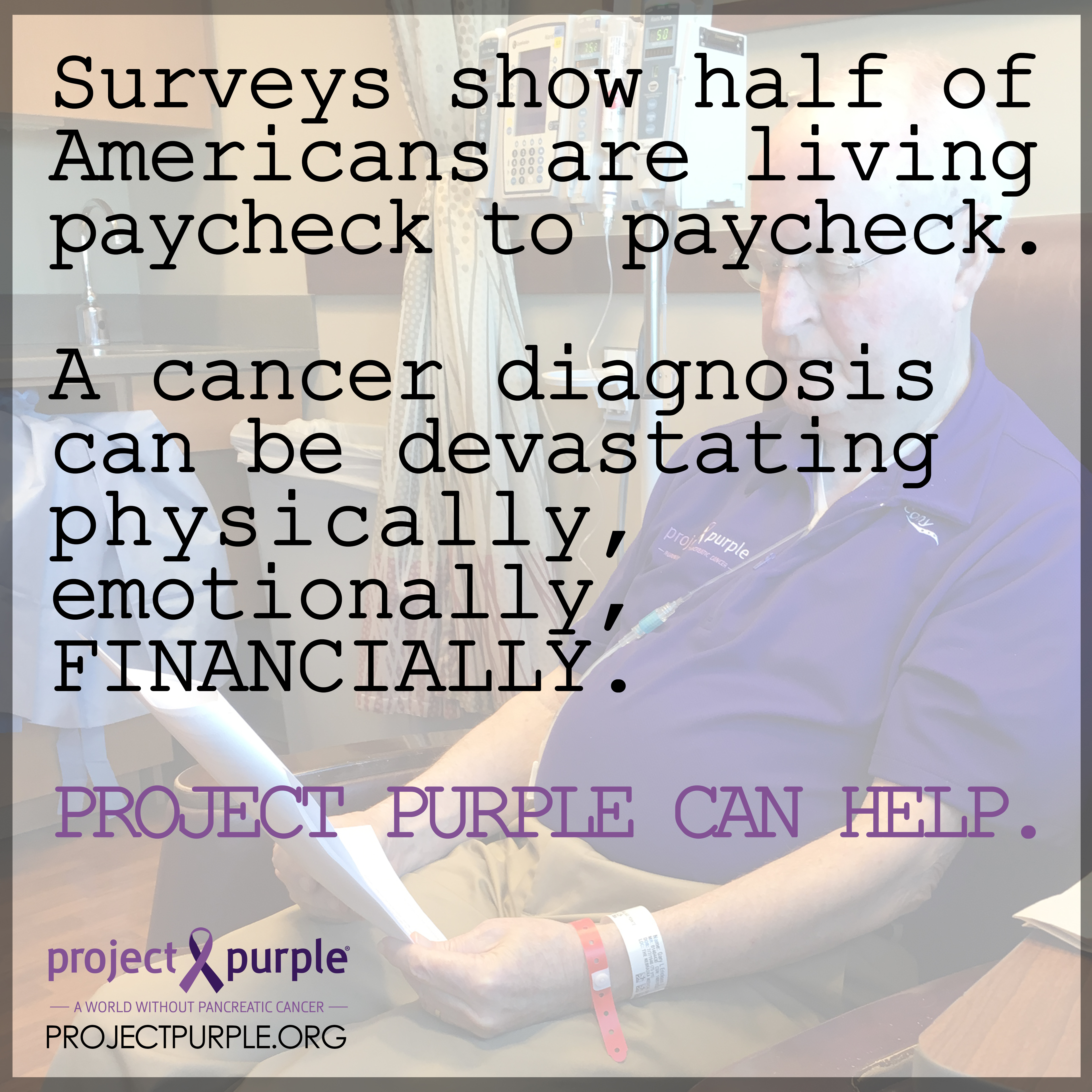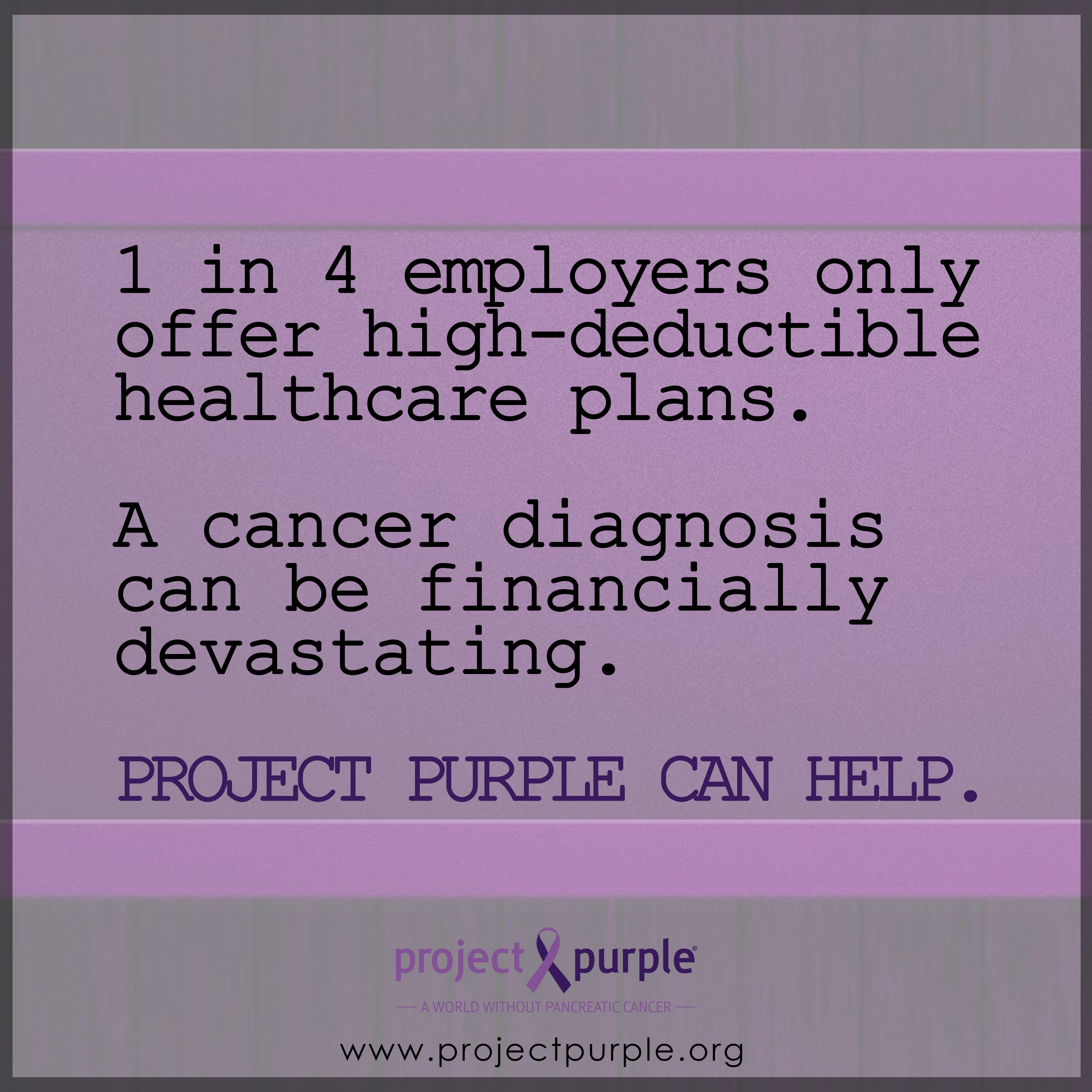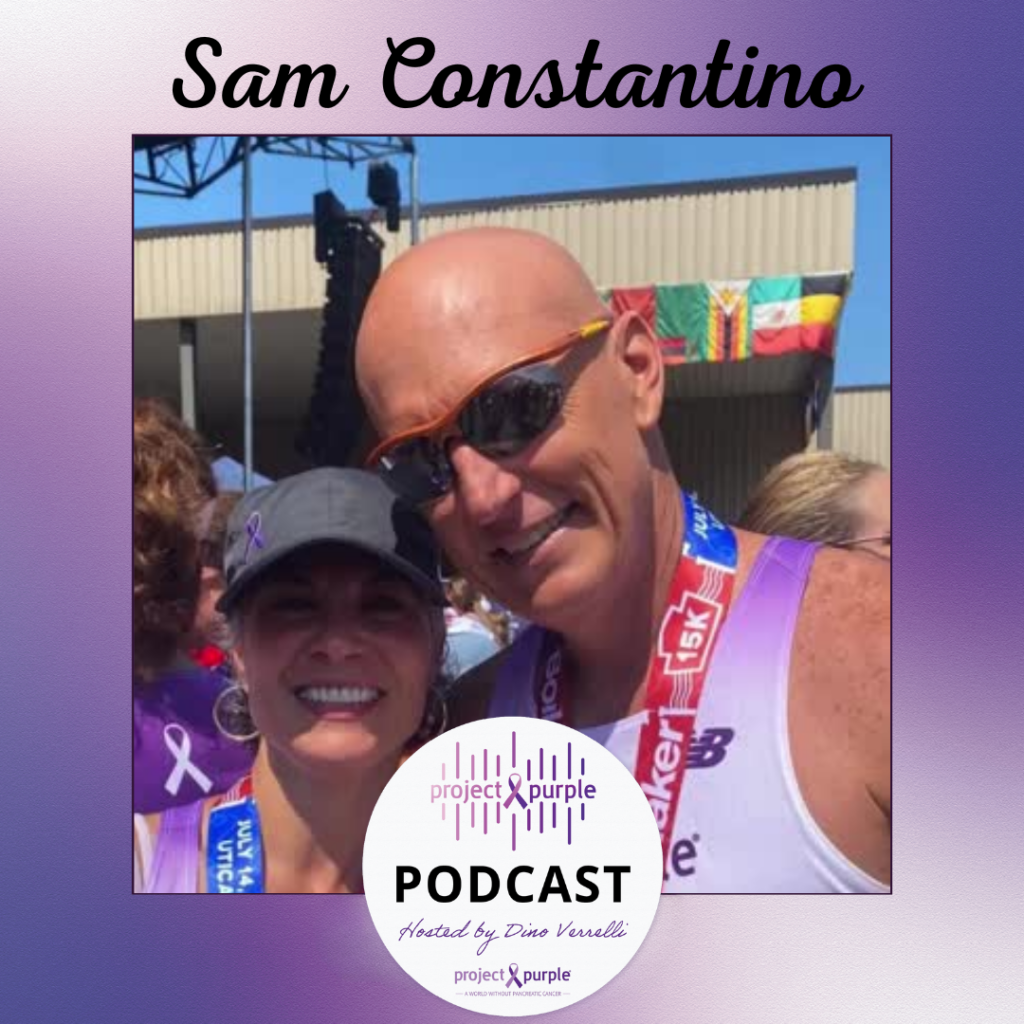No one should have to worry about going into debt while fighting for their life. Unfortunately, when a patient has cancer, they will endure difficult and extremely costly treatments. Recent research has shown that half of Americans are living paycheck-to-paycheck and cannot afford to pay an unexpected bill of only $400. A cancer diagnosis would quickly cause most Americans to fall into deep financial debt or even bankruptcy.
Medical Debt
Medical debt is still the top reason cited for declaring bankruptcy in the United States. Cancer patients declare bankruptcy 2.5 times more often than healthy people. Even in cases where patients do not go bankrupt they often face significant financial burdens due to their diagnosis. Patients frequently deplete their life’s savings or make other difficult economic decisions simply to pay for treatments.
While the United States government has attempted to increase the number of people covered by health insurance, the problem of medical debt is simply not going away. Regardless of insurance status, one-third of families who have an income of less than $50,000 per year report facing financial difficulties due to medical costs. For those making $50,000 to $100,000, 25% report the same issue. For those making over $100,000, 14% experience financial difficulties due to medical expenses.
Rising Costs and Bankruptcy
In 1981, medical debt caused 8% of all bankruptcies. In 2009, that number had risen to 62%. Middle class families are often the ones hardest hit by a medical crisis. Insurance costs continue to rise and employers are increasingly shifting cost increases to their employees. A study by the Kaiser Family Foundation found that from 2005 to 2015, workers’ share of insurance premiums rose 83%. The same study found deductibles had increased 255% between 2006 and 2015. More and more plans are shifting to high deductibles, which can run thousands of dollars before coverage kicks in. Meanwhile, wages have not kept up with these price increases. Due in part to these high deductible plans, 31 million Americans are now considered ‘underinsured’, meaning they have coverage that is still unaffordable and inadequate.
Insurance Not Enough to Cover Cancer Expense
Many patients report taking drastic measures so they may avoid medical debt. According to a survey by the Kaiser Family Foundation, 63% of those dealing with financial problems due to medical bills reported using most or all of their savings to cover expenses. Forty-two percent reported taking on extra jobs to pay bills, while 38% resorted to putting medical bills on their credit cards. One-third of those respondents said they were unable to pay for food, heat or housing. Others borrowed money from family, friends and/or payday lenders. Some were forced to move from their homes.
Cost of Cancer Treatments
Cancer is expensive to treat. Patients face potential surgeries, chemotherapy and/or radiation treatments. They must pay for expensive imaging tests, including CT scans, MRIs, PET scans, etc. There are hospital stays, multiple doctor appointments each month, blood tests, medications and a multitude of other hidden costs. Uninsured patients must find a way to cover all of their cancer-related expenses. Those with insurance have deductibles, co-pays and co-insurance they must pay out-of-pocket. Even insured patients often report being left with bills ranging from $25,000 to $40,000 or more to pay above and beyond what their insurance carriers covered.
Rising Costs of Cancer Drugs
Prior to the year 2000, cancer fighting drugs typically cost $5,000 to $10,000 per year. Now it costs over $100,000 per year for many cancer medications. Despite public outcry, the cost of cancer drugs continues to rise at a rate of approximately 10% each year. Newly approved drugs cost between $10,000 and $30,000 per month. Obviously, for uninsured patients, the expense of these cancer drugs would be financially devastating, but even those who have insurance are often swimming in medical debt.
While the cost of many medications decreases over time, this is not necessarily the case with cancer treatments. For example, there is Gleevoc, which was introduced in 2001 as a treatment for chronic myeloid leukemia. A highly effective drug, it increased five-year survival rates from 30% to 90%. When Gleevoc was first introduced in 2001, it came with a price tag of $30,000 per year. Now, the same drug costs$100,000 annually. With no generic equivalent, prices quickly rise and patients must pay the full price to save their own lives.
Hidden Costs of Cancer Diagnosis
There are also many hidden costs associated with fighting cancer, including lost income due to illness and travel expenses. Patients must pay for transportation to and from treatment and appointments. If they must travel out of their hometowns, they must also pay for meals and hotel stays. Often there other expenses, such as the cost of extra childcare during treatments or in-home care for the patient. In addition, any necessary medical devices often not covered by insurance at all.
Survivors Face Lifetime of Added Expenses
Surviving cancer does not mean the financial burdens will simply disappear. Survivors have to live with additional medical costs following their cancer battle. For a minimum of five years after diagnosis, cancer patients undergo surveillance by their oncologists which requires frequent appointments, lab work and expensive imaging. Many patients need to take medications to keep their cancer at bay or to help with the effects of their initial cancer treatments. Medical care costs typically increase by $3000-$4000 annually for cancer survivors.
The Reality of Cancer’s Financial Burder
The unfortunate reality is that those who are facing the most devastating illnesses are the ones who are also the hardest hit financially. Many cancer patients cut corners by not taking medication as prescribed or by cutting back on other expenses. Cancer patients frequently must choose between paying for treatments and paying for rent, utilities, food or other necessities. In many cases, patients use their life’s savings to pay for their treatments. Sometimes, they must go even declare bankruptcy.
Project Purple helps those patients who are in need of financial assistance as they fight for their lives.
To donate to our Patient Financial Aid Program, click here: www.crowdrise.com/50-in-50
To apply for Patient Financial Aid, click here:
http://www.projectpurple.org/ways-we-help/patient-support/
To donate to Project Purple’s Patient Financial Aid Fund, click here:
https://www.crowdrise.com/50-in-50





